Parenting in a pandemic: a child psychologist's 5 top tips
Dr Georgie Fleming recommends five “pandemic parenting” strategies – including how to best use special play, praise, rewards, consequences and self-care.
Dr Georgie Fleming recommends five “pandemic parenting” strategies – including how to best use special play, praise, rewards, consequences and self-care.
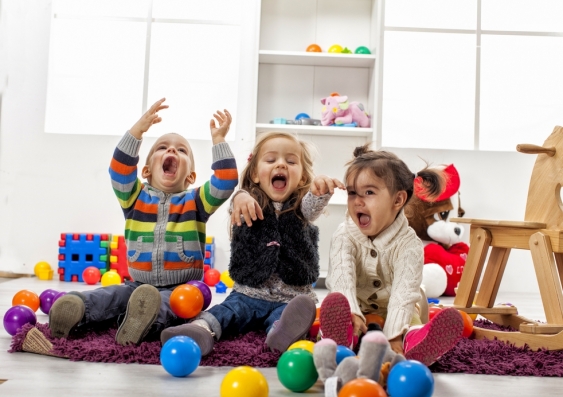
Isabelle Dubach
Media and Content Manager
+61 432 307 244
i.dubach@unsw.edu.au
I am a researcher and clinical psychologist specialising in childhood disruptive behaviour problems and when I first heard that schools in some parts of the country were closing in response to the COVID-19 pandemic, my first thought was “oh man, what about the parents?”.
As part of my clinical research, I’ve spent the last six years in weekly sessions with families, helping parents develop strategies to more effectively manage their kid’s defiance and aggression. Parenting is hard. But parenting in a pandemic? Well, that’s next level.
This is because widespread closures of school and business mean that children will be spending more time at home with their parents, who are now not only responsible for parenting but also teaching. And all this is happening without reductions in parents’ own workload and with considerably fewer opportunities and outlets for self-care. Ultimately, the combination of increased parenting time and responsibilities and less self-care almost guarantees that parents will experience huge blows to their frustration tolerance alongside heightened feelings of stress and anxiety.
Parents experiencing these kinds of emotions are likely to become less patient, more punitive, or more withdrawn. Essentially, parenting is going to become less effective. And what we know from the science is that ineffective parenting can play a big role in creating and exacerbating behaviour problems in kids.
So that’s the bad news. There is good news, though. There are practical strategies that parents can use to stop their household descending into a Lord of the Flies-esque scenario where the kids are in charge and it’s your head on the stick.
But I’m going to level with you: the strategies that I’m suggesting are simple to write about but can be a lot harder to implement in Real Life. This is a Super Parenting approach that takes time and effort but is worth it because it works.
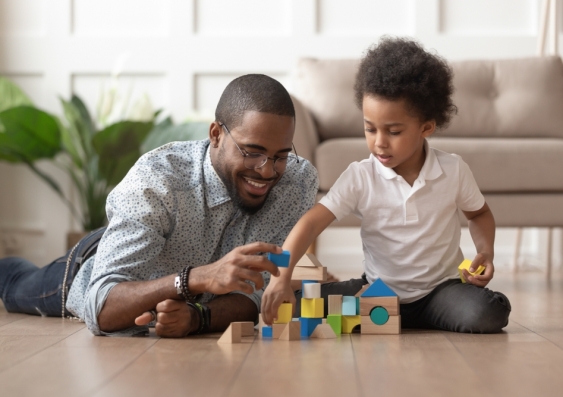
Daily 'special play' has a number of benefits. Photo: Shutterstock
Special Play is a particular kind of play with your child. Special Play should be:
You can learn more about doing Special Play on our website. Special Play doesn’t have to be long—five minutes with young kids is enough to have an impact—but it does to happen regularly. Daily, if you can manage it.
Daily Special Play will do a couple of important things. It will help maintain your parent-child relationship at a time when it’s harder than usual to like your kid because they’re more disruptive and you’re less patient. It’s five minutes everyday without disobedience and back-chat, filled instead with all of their good qualities. Daily Special Play can also help with some of that non-compliance because your kid gets reminded of all the great things about you, and when we like someone, we’re more likely to respect their expectations. The other thing daily Special Play does is help regulate big feelings. This pandemic is scary. For kids, daily Special Play provides unfettered access to the person most helpful for sorting out their big feelings: you. For parents, it’s five minutes without worry and uncertainty, filled instead with fun and laughter.
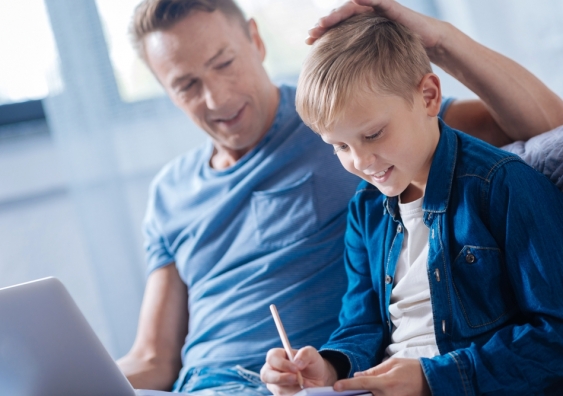
Making praises specific, praising the positive opposites of the undesirable behaviours, and making praise emotional can all increase the likelihood that praise will lead to change. Photo: Shutterstock
Praise can be very powerful for changing behaviour. When a behaviour is followed by a good outcome like praise, that behaviour tends to become more frequent. There are a few things that can increase the likelihood that praise will lead to change:
We have more information about specific praise on our website, too.
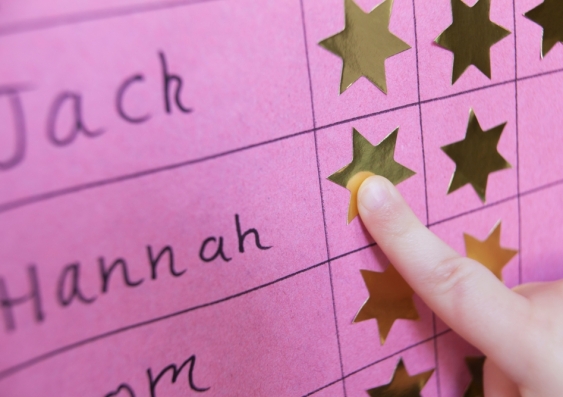
Parents could consider introducing a ‘token economy system’ that gives a child a tangible token every time they do a pre-specified goal behaviour. Photo: Shutterstock
Rewards are another ‘good outcome’ that can increase specific behaviours. Parents can and should use rewards liberally, but you make sure that the reward is linked to specific behaviours. This is the difference between rewarding a child for “being good today” and rewarding a child for “ticking off all three worksheets” or “doing the washing up” or “going the whole morning without swearing at your sister”. Like non-specific praise, getting a reward for “being good” might feel nice but it doesn’t increase specific behaviours.
At a time like this, you might consider introducing a ‘token economy system’. This system involves giving your child a tangible token (e.g., a sticker, a plastic coin) every time they do a pre-specified goal behaviour (e.g., listening the first time, using manners). After collecting enough tokens, your kid can ‘trade’ them for something from their personalised reward list. This could be anything from an ice-block, to screen time, to choosing the movie after dinner. These are some things that make token economies more powerful:
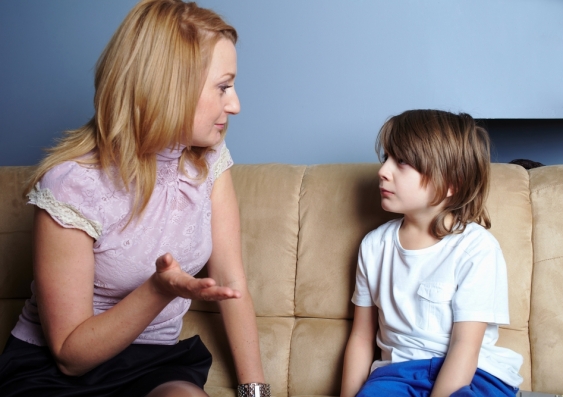
Using consequences following undesirable behaviours is really useful and can reduce misbehaviour. Photo: Shutterstock
In the same way that behaviours followed by a good outcome increase in frequency, behaviours followed by an aversive outcome decrease in frequency. This is why using consequences following undesirable behaviours is really useful: consequences can reduce misbehaviour. There are a few things that make consequences more likely to be effective.
The most important thing to remember about using consequences is that kids thrive when there are consequences. Having fair, firm boundaries that are consistently enforced creates a structured environment in which kids can feel safe. This is all the more necessary in our current uncertain, unstructured world. Knowing that your parent will reliably keep you safe is a fundamental pillar of a healthy parent-child relationship.

Protect and prioritise self-care - whatever it may mean for you. Photo: Shutterstock
This feels trite to write because – #pandemic – but the first step in taking good care of kids is taking good care of yourself. Self-care is fundamental to effective parenting. Self-care will differ from person to person, but regardless of how you do it, make sure you schedule it in. Protect it. Prioritise it. This is especially true if your usual way of doing self-care has been affected by closures because you’re probably in a self-care deficit. Figure out something else that fills up your cup because there’s only so much you can pour out for others when your cup is empty.
This is a lot of advice and hopefully some of it is useful. I call this kind of parenting ‘Super Parenting’ because it’s hard: it takes time and effort to establish and maintain these ways of responding. But Super Parenting is only the method, it’s not the goal. The goal is Good Enough Parenting. There’s no such thing as perfect parenting and you’re going to stuff it up all the time because you’re human. But kids are resilient and forgiving. Your best is good enough. Even if your ‘best’ isn’t as good as before the pandemic hit, it’s still enough.